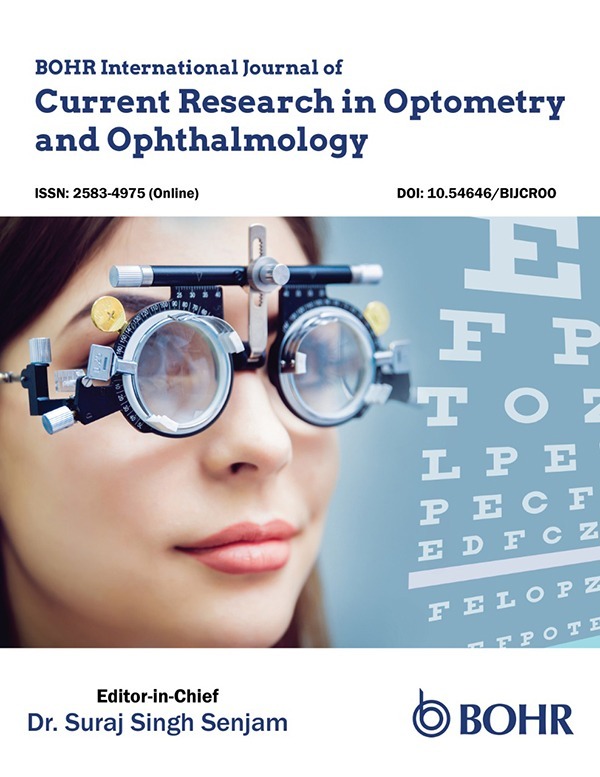Comparison of anticipation skills and reaction time in normal adults using a constructed anticipation timer
Main Article Content
Abstract
Background: In the realm of sports, the ability to navigate accurately through a dynamic environment is an important factor for the coordination of speed and balance. Athletes engaged in sports that involve the swift movement of balls or targets, such as catching a baseball or hitting a tennis ball, rely on a complex interplay of perceptual abilities to succeed.
Purpose: Construction of a visual anticipation timer to assess and train the anticipatory skills and reaction time.
Methods: We conducted a prospective experimental study. Fifty-one subjects were recruited and informed consent was obtained. They underwent a comprehensive eye examination. We excluded subjects with the best corrected visual acuity worse than 6/6, N6, and those with ocular and systemic diseases. We constructed an anticipation timer with LED lights, push buttons, a resistor, and an Arduino board. The lights are placed vertically at a gap of 2.5cm. The participants were asked to anticipate a time when the last LED light would be on and press the button accordingly. The discrepancy between the “exact time” and the participants’ “anticipated time” was quantified as an error. We measured the error count for each participant before and after the training. The same anticipation task was given as training for 15 min. The participants were given a break of 5 min after the training session and before the post-training measurement.
Results: The mean age of the 51 participants was 18.51 ± 1.41 years. The Shapiro-Wilk test showed that the data were not normally distributed (W = 0.758; P < 0.001). We performed the Wilcoxon signed-rank test to find the difference in error counts between pre- and post-training sessions. This showed a significant reduction in error count in the post-training values compared to pre-training values. (p = 0.002; z = −3.044). The mean error count for pre- and post-training sessions was 2.22 and 0.90, respectively.
Conclusion: The error counts have been significantly reduced in post-training sessions using a constructed anticipation timer. This study shows that repeated task of anticipation improves the accuracy of the anticipation. Anticipation training makes the person react faster and more accurately.
Future scope: The constructed instrument is planned for validating different professions and age groups to understand the importance of anticipation and its cognitive involvement.
Downloads
Article Details

This work is licensed under a Creative Commons Attribution 4.0 International License.
Authors retain copyright and grant the journal right of first publication with the work simultaneously licensed under a Creative Commons Attribution 4.0 International License that allows others to share the work with an acknowledgment of the work’s authorship and initial publication in this journal.
This has been implemented from Jan 2024 onwards



